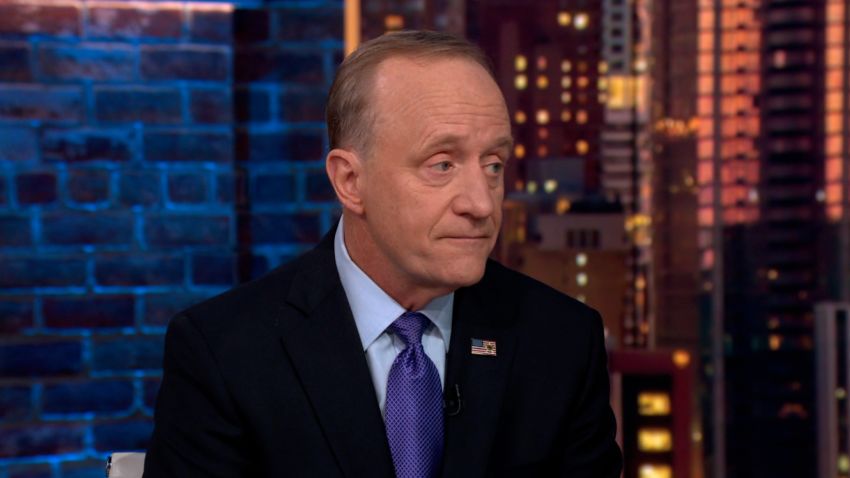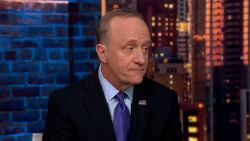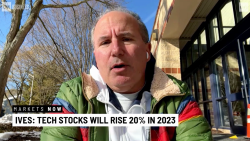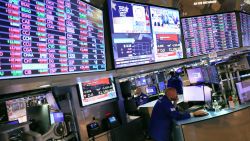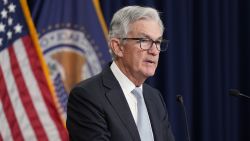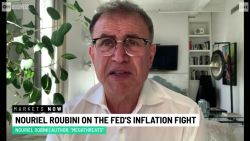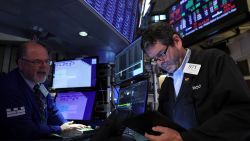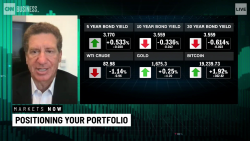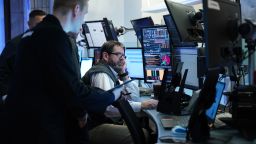The midterm elections are a little more than a month away, and if Wall Street had a vote, it’d be for more gridlock.
Just a few months ago, many political observers and Wall Street experts were predicting that the GOP would gain control of the Senate and possibly even the House. The conventional wisdom on Wall Street is that the market prefers when politicians bicker and little actually gets done.
“Should Republicans take the House at a minimum, equities are likely to react positively based on the proposition that continued gridlock in Washington is good for business due to the absence of major tax and policy changes,” Daniel Berkowitz, senior investment officer for Prudent Management Associates, said in a report.
But the predictions for a divided government are no longer a slam dunk since the Biden administration signed a landmark $750 billion health care, climate change and tax bill.
Congress also approved a bill that would boost US semiconductor production, something the tech sector and broader economy need due to continued snarls in the global supply chain for chips.
Several major chip companies, including Intel (INTC) and Micron (MU), have announced big investments to build new US factories, along with the promise of lots of new jobs.
Democratic voters may also be more energized — and willing to come out in force on Election Day — following the Supreme Court’s decision to overturn Roe v. Wade earlier this year.
Gridlock doesn’t actually help much
So now that Biden and the Democrats seem to have more momentum, should investors be worried that there won’t be gridlock after all? Not necessarily.
To be sure, the market does like a political party power split. According to data from Edelman Financial Engines, the S&P 500 has had an annualized return of 16.9% since 1948 during the nine years when a Democrat was in the White House and Republicans had a majority in both chambers of Congress.
But allow us to let you in on a little secret: Stocks tend to go up over the long haul —regardless of politics.
The average annual market returns since 1948 during periods of full Democratic control —as is the case now, albeit by a razor thin margin in the Senate — is a still solid 15.1%. The markets did perform slightly better when there was a Republican in the Oval Office and the GOP had a majority in the House and Senate, with stocks posting an average 15.9% gain annually in those years.
It’s also worth noting that when political leaders on both sides of the aisle compromise — as they have been doing a little more frequently as of late — laws that actually help consumers and investors can get passed.
Berkowitz conceded that there may be more short-term volatility leading up to the election. But that could fade.
“It is important to keep in mind that over the longer term, both political parties have presided over significant market gains and losses with no definitive trend other than the markets march higher,” he said.
The market sell-off this year is not unusual either given the looming elections. Dan Clifton, head of Washington research at Strategas Asset Management, noted in a report that the S&P 500 has declined, on average, by about 19% in midterm election years prior to votes being cast. But the market then tends to bottom by October.
Look to the Federal Reserve instead of Congress
Investors can breathe a big sigh of relief then, right? Volatility should be set to subside if history is any guide.
Not so fast. Clifton also pointed out that “there were two notable exceptions” to the usual midterm market moves: 1974 and 1978. And those were both years when inflation “was a persistent problem,” just like it is now.
In other words, investors keeping close tabs on Washington might be better off watching the Federal Reserve as opposed to Capitol Hill and the White House. The Fed’s next scheduled meeting is on November 2, just six days before the midterms.
The central bank is widely expected to raise interest rates by three-quarters of a percentage point for a fourth consecutive time. So Fed chair Jerome Powell arguably has more sway over the markets than Biden or any other elected official. Powell’s second term as Fed chair runs through May 2026.


